I'm declaring a moratorium on the "found footage" mock documentary.
And, while we're at it, how about the same thing for movies shot to look like they're hand-held documentaries, even when they're just fiction films?
Yes, Hunger Games, I'm talking about you. I enjoyed the film, admired the way that author Suzanne Collins and writers Gary Ross and Billy Ray adapted a complicated novel written in first person. But that bogus documentary look -- of jittery handheld cameras meant to give the footage a "You Are There" feeling, even when nothing is going on -- is distracting (though not a dealbreaker for me).
Still, it called to mind two other films about teens already out this year: Chronicle, about a trio of friends who gain super-powers after being exposed to an asteroid; and Project X, about a group of friends who decide to throw the most epic party ever while the parents of one friend are away.
Both films ostensibly are constructed from footage shot by one of the kids and later assembled by some genius editor (who apparently watched all the raw material and instantly intuited the story, its structure and the characters' arcs). Both films are shot by characters in the film: In Project X, he's just a kind of creepy guy named Dax, who always happens to be in exactly the right spot and never gets particularly involved with the action. In Chronicle, he's the least socially adept member of the newly empowered trio, the one who refines his powers farthest (so he can teleport and operate the video camera with his mind, freeing his hands to do evil once he turns bad under the influence of the powers themselves).
What hath The Blair Witch Project wrought? That film was a huge hit in 1999, with its "found-footage" shtick yoked to an effectively vague horror story; it was also one of the first viral movie hits on the Internet. Blair Witch made its creators rich (though not necessarily successful) and spawned a mini-industry of mock docs, ones that used modern surveillance and home-video technology to manufacture genre exercises like Paranormal Activity and Brian DePalma's Redacted.
But the almost back-to-back release of Chronicle and Project X put into stark relief how threadbare the concept is becoming. It's the same approach used on ABC's recent (and short-lived) series The River -- or the beginning of District 9, which made much better use of the assembled-footage approach to an unfolding story, before the filmmakers jettisoned it to simply make their film.
That's not to mention, of course, TV shows, starting with The Office and continuing with Modern Family, which use the mock-doc structure in a way I consider to be of a piece with the Christopher Guest masterpieces, Best in Show and A Mighty Wind.
Don't get me wrong. I enjoyed The Hunger Games. I thought it was exciting and romantic -- not the Oscar juggernaut that some insisted was a possibility, but better than the first Harry Potter movie, with more emotionally complex material.
I thought Chronicle was only OK, and didn't think Project X was a lot better as a movie -- so why did I enjoy it so much? No doubt it was the brutally vulgar humor and the series of pranks, stunts and moments of grinding humiliation from which the film was assembled. I got several big laughs out of it, many more than I did from the direly overrated 21 Jump Street.
But the fake-found-footage doc is officially ripe for retirement. Give it a rest for a while.
Find more reviews, interviews and commentary on my website.
